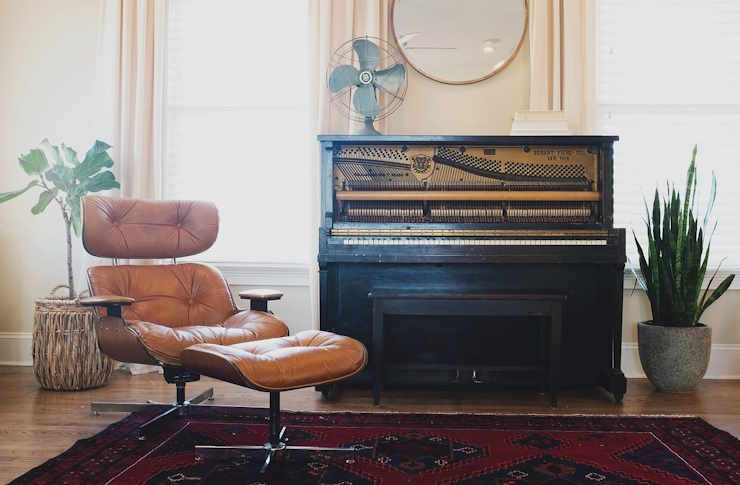"The Allure of Transitional Design: A Versatile Fusion of Old and New"
As we continue to explore the vast universe of home and garden design, there's one style that's making quite a splash—transitional design. This style, which merges the warmth and familiarity of traditional design with the clean, simple lines of contemporary style, is the perfect solution for those who want the best of both worlds. Let's delve into the captivating world of transitional design, its roots, and its increasing popularity in modern homes.
Origins and Evolution of Transitional Design
Transitional design is a relatively new movement in the world of interior décor, born out of a desire to bridge the gap between traditional and contemporary styles. It draws from the best aspects of these two seemingly opposed aesthetics, creating a balanced and harmonious look that’s both timeless and up-to-date.
Current Trends and Insights in Transitional Design
Today, transitional design is widely embraced for its flexibility and adaptability. The use of neutral color palettes, minimalistic ornamentation, and a mix of curved and straight lines are commonly seen in transitional spaces. Additionally, the use of natural materials like wood and stone, along with metallic accents, is becoming increasingly popular.
The Practicality and Market Trends of Transitional Design
Transitional design is not just a visual treat; it’s also incredibly practical. Its blend of old and new allows homeowners to update their spaces without completely discarding their existing furniture and decor. Moreover, it’s an excellent choice for those who prefer a less cluttered, more organized living space. This practicality, combined with its aesthetic appeal, has led to a surge in its popularity, making it one of the hottest trends in the home and garden market today.
Enhancing Daily Living with Transitional Design
This design style is all about creating a comfortable, inviting space that feels both sophisticated and lived-in. It incorporates elements that are easy to live with, such as durable materials and versatile furniture pieces. Moreover, it promotes a sense of calmness and tranquillity by avoiding overly ornate details and sticking to a soothing, neutral color palette.
Research-backed Recommendations for Adopting Transitional Design
If you’re considering adopting a transitional style in your home, research suggests starting with a neutral base. Opt for colors like gray, beige, or cream for your walls, floors, and large furniture pieces. From there, you can add interest and depth by incorporating a mix of textures and materials, such as a leather armchair or a glass coffee table. Remember, the goal is to achieve a balance between traditional warmth and contemporary simplicity.
In conclusion, transitional design offers an exciting alternative for those who appreciate both traditional and contemporary aesthetics. With its blend of old and new, it provides a versatile and adaptable solution for modern homes, making it a trend worth exploring.





